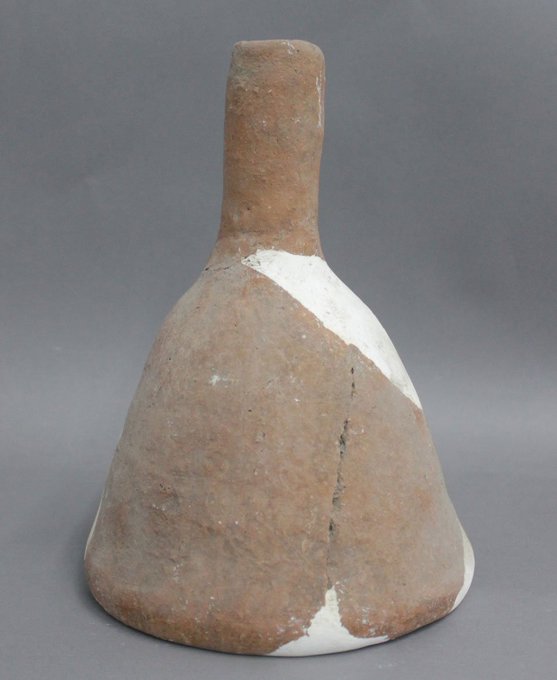China’s Craft Breweries Find They May Have a 5,000-Year-Old Relative
HONG KONG — China is abuzz with craft brewing, with small-scale operations popping up around the country and churning out beer tasting of everything from goji berries to green tea.
But like many things in China, what’s new isn’t that new. In this case, it’s about 5,000 years old.
A group of researchers in China and the United States have analyzed pottery vessels discovered at a site in Shaanxi Province and determined that they are the first direct evidence of a beer-brewing operation. And the ingredients they discovered are as eclectic as any trendy brewpub’s: broomcorn millet, tubers and a grain known as Job’s tears.
The scholars’ paper, which was published this week in the Proceedings of the National Academy of Sciences of the United States of America (PNAS), says the mix of ingredients was probably achieved through trial and error. The tubers, which included snake gourd root, contribute starch and sugars for fermentation and also add a sweet flavor to the beer, they wrote.
The study was based on analysis of a “beer-making tool kit” that includes a funnel, shards of pots and amphorae, and a pottery stove that would have been used for mashing. Radiocarbon dating of the Mijiaya site near the Chan River in Shaanxi Province dates it to 3400 to 2900 B.C.
A yellowish residue from inside the funnel and pot shards was analyzed to discern the ingredients. The starches showed signs of damage that resemble what happens in the process of beer brewing, the authors said.
“It makes a very convincing case that this was a beer-making facility,” Patrick McGovern, scientific director of the Biomolecular Archaeology Project at the University of Pennsylvania Museum, toldthe blog PNAS Journal Club. He was not involved in the study.
The presence of barley, which did not become an important subsistence crop until the Han dynasty, 3,000 years later, led the authors to suggest that alcohol production was an important reason for the grain’s introduction from western Eurasia, where it was first domesticated.
“Beer was probably an important part of ritual feasting in ancient China,” one of the study’s authors, Jiajing Wang of Stanford University, told the Journal Club. “So it’s possible that this finding of beer is associated with increased social complexity and changing events of the time.”
Although the brew remnants that were discovered are truly ancient, they are not the oldest that have been uncovered in China. Mr. McGovern and a team of scholars from China, Germany and the United States wrote a 2004 paper for PNAS that analyzed 9,000-year-old pottery jars found in a neolithic village site in Henan Province called Jiahu. Based on their analysis, the jars held a rice, honey and fruit beverage.
Mr. McGovern worked with Dogfish Head Brewery in Delaware to recreate that recipe in a beverage known as Chateau Jiahu.









